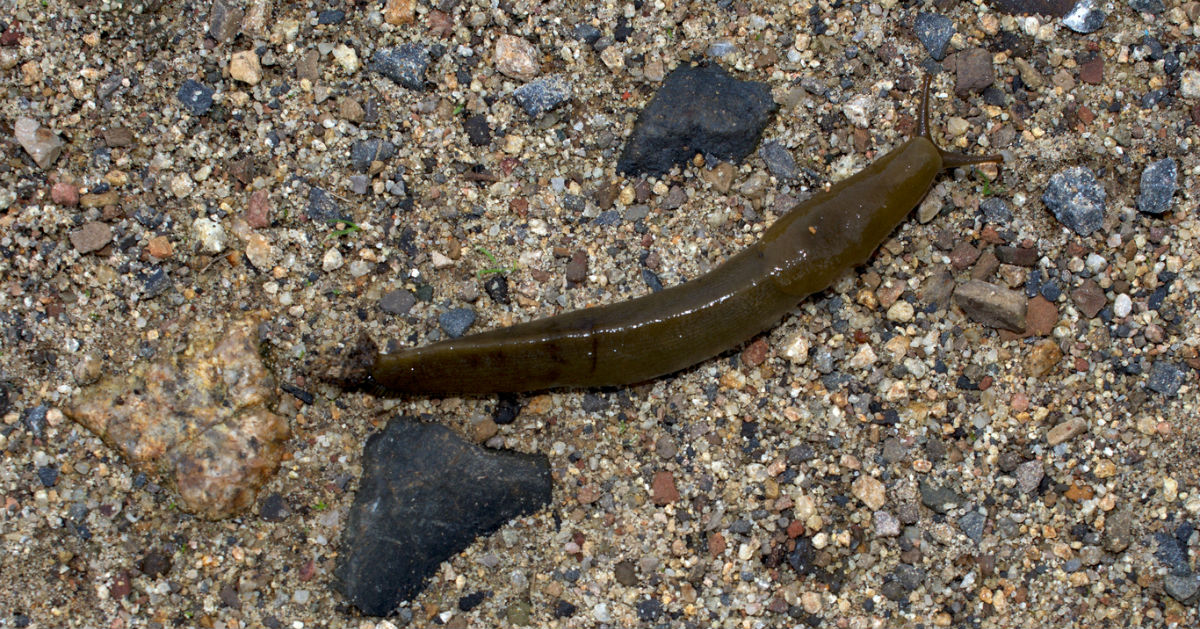Have you noticed hole-riddled plants and trails of slimy mucus in your lawn? You may be dealing with snails and slugs in your garden. California has over 200 species of snails and slugs. Although the native species may not cause any harm, those introduced from outside of the US are considered damaging.
However, it’s essential to note that snails and slugs are not similar. There’s a misconception that a slug gradually becomes a snail, but this isn’t true.
Below is a look at what makes them different, and the season they are most prevalent.
General Characteristics of Snails and Slugs
Snails and slugs belong to a group of invertebrates called Mollusca. Although they may be harmless creatures, their presence may cause problems. You’ll find them in damp places, which could be under plant pots, stones, or in garden vegetation.
The most common species of snail in California is the brown garden snail. It has a gray body with a brown shell. The species was introduced to southern California in the 19th century. You may also come across the decollate snail that has a pointed spiral shell. The snail was introduced to curb the brown garden snail, but it went after citrus crops.
They are active on cloudy, damp, or dark days. Snails and slugs need moisture to survive, that’s why you’ll find them, retreating to shaded areas when it’s sunny. Also, they both leave a silvery trail on floors and carpets.
Differences between Snails and Slugs
While slugs and snails may closely resemble each other, they are different. Snails have a protective, hard external shell, and slugs have soft internal shells. Some slugs won’t have anything on their bodies.
Snails need calcium from the soil to form shells. The shells help them survive dry climates. However, slugs need moisture to tolerate the sunny days, that’s why you’ll find them in plenty in moist areas.
Another difference lies in their development. Most nails have a constriction along their foot. Their living space also differs. Snails use their shells for security from adversaries and hot weather. You can spot them in most places.
However, slugs do not have a shell, which means they can pack themselves in tight spots like under stone sections, on tree barks, or wooden sheets. That gives them survival and ecological advantage over the snails.
The life of a snail is less than that of a slug. A snail’s life can extend to three years for the native species.
What Problems Do Snails and Slugs Cause?
Both slugs and snails are not harmful, but they can wreak havoc for gardeners. They feed on living and decomposing plant material, but you’ll mostly find them on newly sprouted plants. These pests attack foliage plants and tender herbs.
The damage left is irregularly shaped holes with smooth edges on the leaves. They can also feed on succulent fruits like tomatoes, oranges, and strawberries. Slugs damage root crops as they spend most of their time underground looking for moisture. They eat several times their weight. Their prime time for damage is in the late fall and early spring.
Some snails and slugs carry parasites and diseases, which they can easily pass on to humans through contact with the mucus. They could cause diseases like eosinophilic meningitis.
Why You Need a Professional to Handle Snails and Slugs
Although snails and slugs share some similarities, they are different. It’s essential to spot their differences for you to know which prevention method to use. It may seem easy to eradicate these pests, but you’ll require foresight and expertise to prevent infestation.
At AAI Pest Control, we have a knowledgeable and experienced team who understand the various species in California, and how to control them. We will inspect the habitat for activity, and use the right treatment methods to keep the issue under control.
For help with slugs and snails in the Manteca area, contact us at AAI Pest Control.
What Time of Year Will You Find Snails and Slugs in California Professional Pest Control Services in Tracy CA?
Serving Northern California

